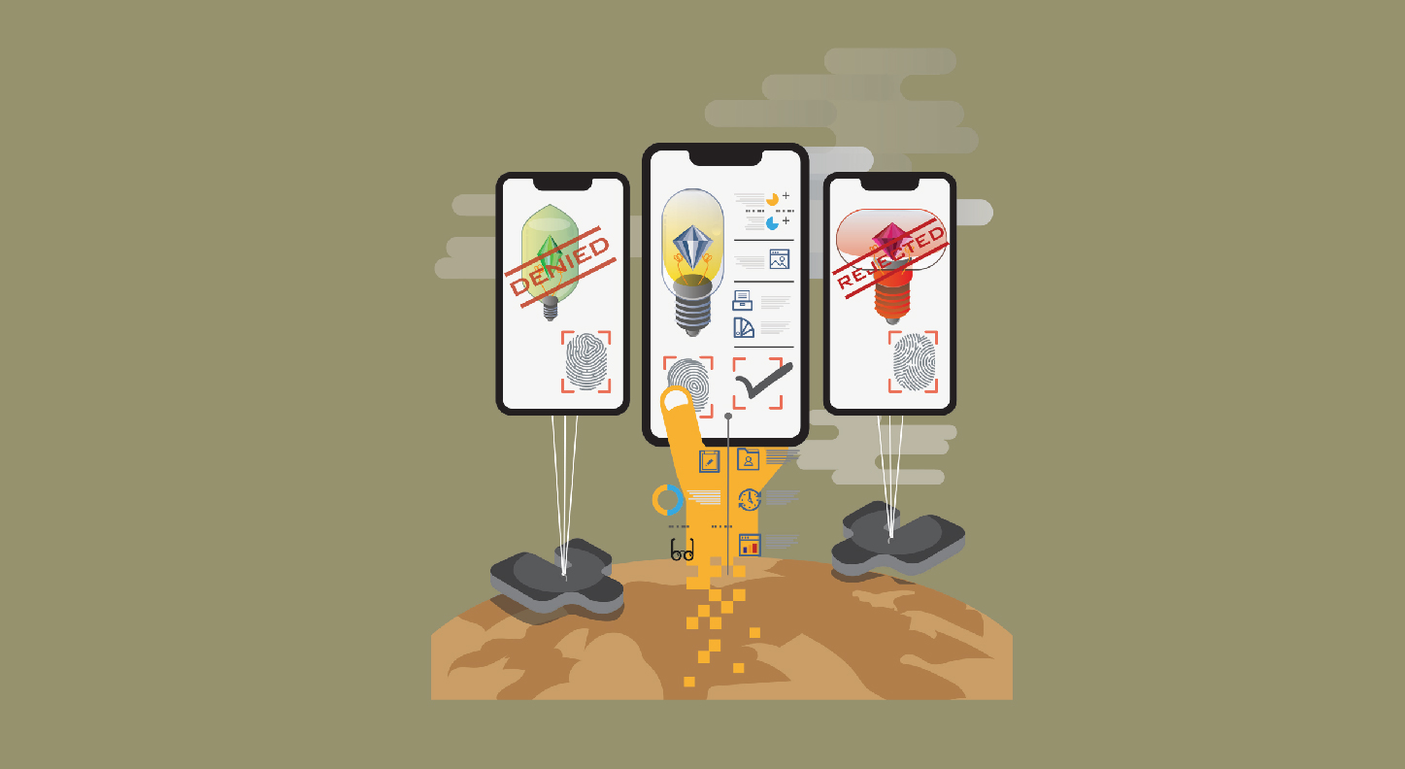igloohome
A company website is its digital “shop window” and intrinsically linked to business success. However, what can a business do in terms of loss of sales and hard-earned reputation if a competitor copies its website (in whole or in part)? It is important for a business to understand what intellectual property rights (IPR) exist in a website, and what IPR can be used to tackle infringers - registered IPR(s), such as patents are not the only rights that can be enforced. igloohome shares their experience of monitoring and tackling copycats and what to do to quickly address such before loss of goodwill or revenue.
The number of businesses having an online presence in the form of a website or social media account is on the rise. It may be informational, to promote the organisation and attract customers, or also transactional, to place orders and/or transact business via the internet. Despite its importance to the business, many are often unaware of the extent and importance of intangible assets therein. For example, there is often a mix of copyright (which comprises creative works, such as written works, photographs, graphic works, music, broadcasts or videos) some of which may be in hidden form (such as software or object/source code). Additionally, there may be other rights in data, as well as trade marks or designs.
Furthermore, despite the opportunity to increase sales and revenue via increased national and global exposure through internet trading, it can also put a company at risk. By growing your audience, especially as you become more successful, the more likely you are to be copied. It is possible that your brand or products and services will be imitated, thereby undermining your sales and market positioning. It may also be hard to detect and control copycats in unfamiliar markets.
igloohome was created after the company’s founders spotted an opportunity to manage access to buildings such as holiday properties at awkward hours, with the rise of services like Airbnb. The company creates smart access solutions helping users manage their homes and properties remotely. igloohome sells a range of key-less products that include digital locks, digital deadbolts and a digital safety deposit box. The products are innovative as they can work offline, with the requirement of a manual entry pin code or ‘Bluetooth key’ provided to the user on a phone app to unlock. Owners can also control access remotely, or resort to a traditional physical key.
Identity theft
igloohome attracted attention early, as one of a few products showcased on “Host Assist” (Airbnb's marketplace to help hosts improve their service). However, this increased exposure also put the company at risk of imitation. Indeed, it wasn’t long before igloohome was made aware of a US company that had created a mirror image of its website. Kelvin Ho, Co-Founder and Chief Technical Officer of igloohome states. They copied it wholly.
igloohome had originally used WordPress to build their website, which allows the user to customise the appearance of their site over default themes by way of a CSS editor. The copying extended to the company’s customised website themes, personalised by igloohome’s in-house designers. However, the infringement didn’t just stop there. It also included igloohome’s source code, product images, text and photos, all of which was created in-house by igloohome. The infringers even maintained the company’s registered trade mark in the product photos. Kelvin Ho explains
"When the first copying happened, the locks are shown on the infringing website even had igloohome’s trade mark on them…. they used the same picture."
Taking action
igloohome initially used their US trade mark registration to attempt to take the infringing website down. Kelvin explains
"We complained to the infringer’s website host, Go Daddy, that they are infringing our trade mark. However, the infringer then pasted over our trade mark on the image and put on their own trade mark. We then had to assess if we can go for trade mark infringement or copyright infringement—this took a bit of time as it was not so obvious [how to proceed]."
For copyright infringement there was a need to identify the copyright being infringed, this extended to CSS code, photos, and the text on igloohome’s website. In this case, igloohome had to rely on copyright (which is an unregistered IP right), where the onus is on the IP owner to prove infringement. This action also entailed capturing more evidence. Kelvin says
"We showed evidence in the form of snapshots of our website and proof of copying of our website code, as we had copies of everything on Wayback Machine. We complained to GoDaddy under Digital Millennium Copyright Act (DMCA), a 1998 United States copyright law, and they (GoDaddy) took them down."
Kelvin further shares typical steps that can be taken. First, if you have a registered trade mark (in the country of interest)—trade mark infringement would be most straightforward for you. If you don’t have a trade mark—the next thing you have to go for is copyright infringement and follow these steps.
- Check the website
- Check the source code for any signs of infringement
Use an internet time machine, a digital archive that retains copies of websites at different points of time [e.g. Wayback Machine] to prove your website came into existence before the infringing website
- Send a cease
- Desist letter.
In the US, file a Digital Millennium Copyright Act (DMCA) with the appropriate registrar for the host—that would be the cheapest route to take down an infringing website.
Monitoring your property
igloohome was made aware of this infringing website early, with partners providing valuable intelligence. Kelvin shares
"Basically, we had enquiries from distributors …that flagged the infringing website."
It is important to constantly monitor the use of your IP for potential infringement. To check for use of your trade marks or third parties filing for an identical or similar trade mark, companies may choose to use monitoring services. Alternatively, it is possible to keep a watch on the use of copyright works, such as text or images.
In the end, igloohome were able to use copyright that subsisted in their website (source code, text and photographs) to file for copyright infringement using the DMCA, which resulted in the infringing website being taken down, which shows that you don’t always require registered IP rights to take action.
To get more in-depth content and actionable tips on enforcing your IP and intangible assets rights, subscribe to our IP management business guide — Upholding Your IP Rights."



Book a complimentary chat with us to learn how you can leverage on your IP.
Book IA Chat Session


